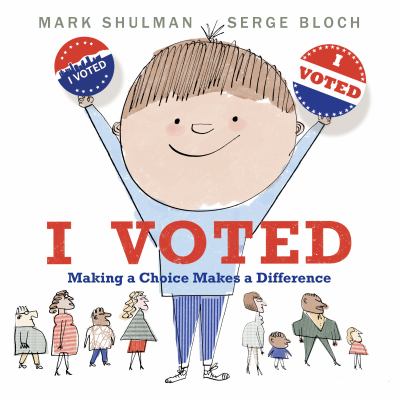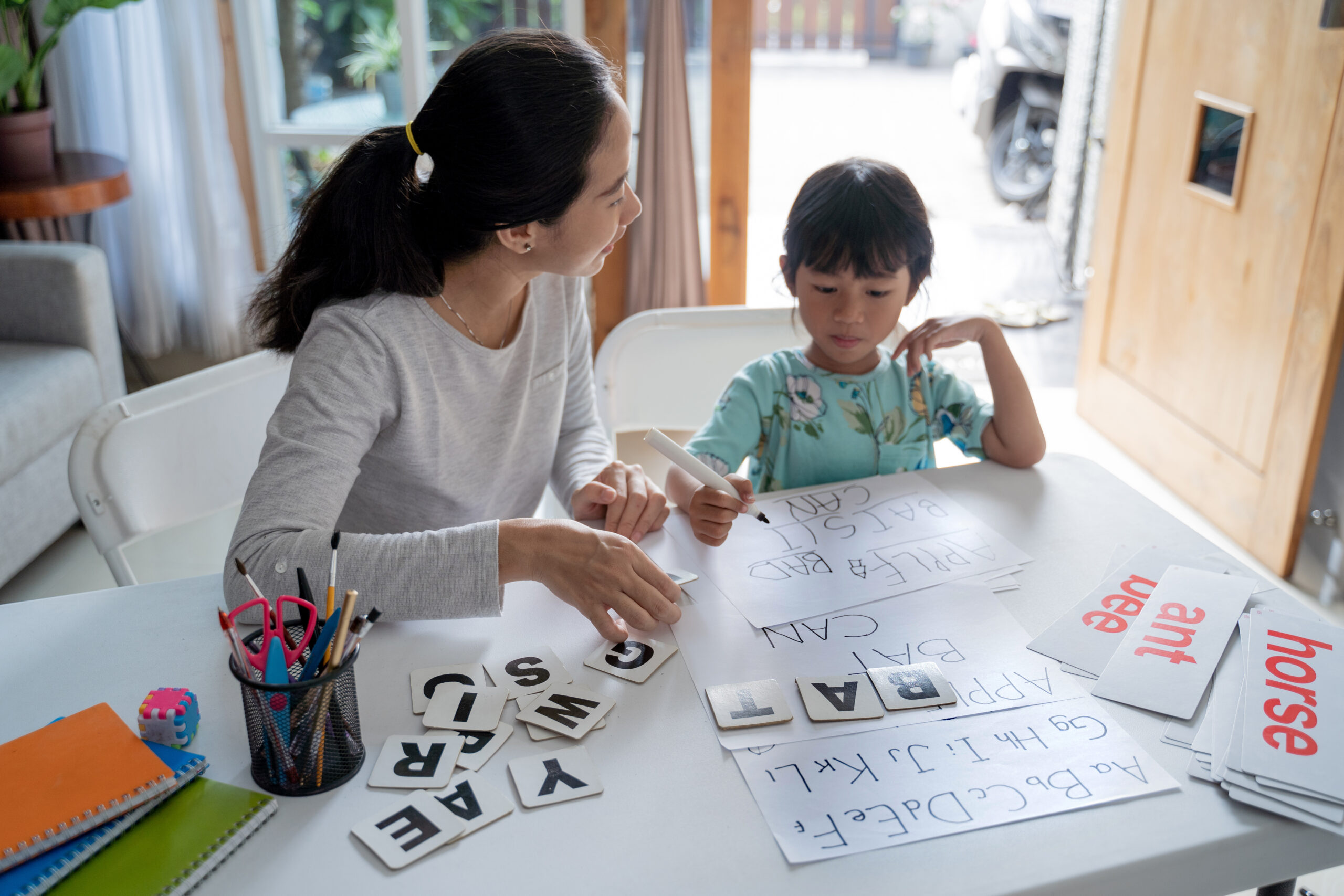CCAP helps families pay for child care costs while parents go to work or school. It is a complex program that receives federal and state funding. Minnesota counties administer the program with state and federal oversight. We reached out to Deb Fitzpatrick and Clare Sanford to give more context to the Child Care Assistance Program (CCAP) changes that passed during the 2023 legislative session. This post focuses on additional changes and ideas for future improvements to the program.
Program Integrity Items
A couple changes to program integrity practices became effective 7/1/23. One gives DHS authority to stop payments or close a provider’s registration if it receives information about other investigations, suspected fraud, or exclusion from other publicly-funded programs. Remember headlines about how some providers committing fraud with Feeding Our Futures COVID dollars were somehow still receiving CCAP payments? This aims to close that loophole.
The second change allows providers to request reconsideration if they feel DHS mistakenly cited CCAP violations in an order of corrective action.
Additional Changes Coming Later… But at Least We Can Look Forward to Them!
Additional Support for Mental Health
As of May 2025 families supported by MFIP (with children under 6) where a primary caregiver has a mental health diagnosis will qualify for CCAP up to 20 hours a week.
More Efficient Provider Registration
Do providers love having to repeat the CCAP registration process with multiple counties? Nope. Starting in April 2025 providers will handle registration and renewals directly with state staff rather than by individual county.
Still Left to Accomplish
A lot of the (incredible!) changes to CCAP this session focus on supporting currently served families and participating providers better, not significantly expanding the universe of families eligible for and accessing CCAP. Given insufficient appropriations, not all currently eligible families have access to the program and low-income eligibility standards leave behind many families that struggle to afford child care.
Forecasting
This is a perennial goal and one explained above in further detail. At this time only part of CCAP (MFIP) is accounted for in future state budgets with no waiting lists, while BSF CCAP remains a capped allocation requiring families to be placed on wait lists once available funding is used. Furthermore, each county has a set allocation so it can make a big difference which one a family lives in. Many counties have no wait list while others have a couple thousand families in limbo. Forecasting would create a program families can depend on regardless of where they live.
Expanded Income Eligibility
Many lower -middle or middle-class families earn just too much for current CCAP eligibility yet still struggle to afford quality care. For this reason, we continue to advocate for MN to expand income eligibility up to 85% of State Median Income (around $100K/year for a family of 4), the highest amount allowed under federal law. Ideally this change is accompanied by forecasting (see above) or if not additional measures are included to ensure the families and children currently furthest from quality child care opportunities are given priority.
Want to learn about other changes to CCAP this legislative session? Check out the rest of the series.
By Clare Sanford, Vice President of Government and Community Relations at New Horizon and the Government Relations Chair for the Minnesota Child Care Association & Deb Fitzpatrick, Policy and Research Director at the Children’s Defense Fund-Minnesota








